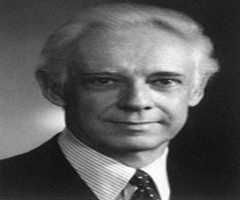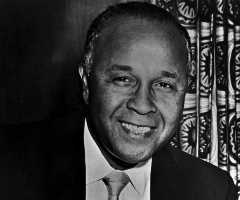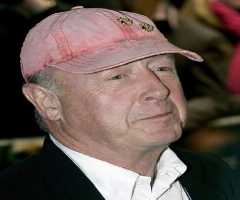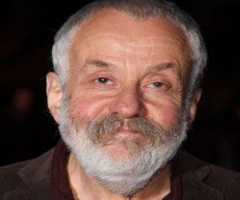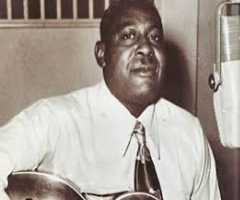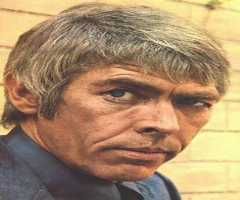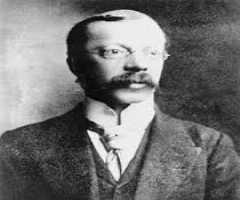Frederick Soddy Biography, Life, Interesting Facts

Birthday :
Died On :
Birth Place :
Eastbourne, England, United Kingdom
Zodiac Sign :
Childhood And Early Life
Frederick Soddy was born on the 2 September 1877 in Eastbourne, Sussex, England to Benjamin, a London merchant, and Hannah Green. He had three older brothers.
Education
Frederick Soddy was a pupil at Eastbourne College. He then enrolled at the University College of Wales, Aberystwyth where he studied the classics. He was awarded a science scholarship to Merton College, Oxford in 1885 and graduated with a first class honors degree in chemistry in 1898.
Early Career
After graduation, Frederick Soddy spent a further two years conducting research. Then in 1900, he moved to McGill University in Montreal for two years where he worked with Professor Ernest Rutherford on issues relating to problems with radioactivity.
Career
Returning to the UK, Soddy joined the University College, London where he researched radium emanation alongside Sir William Ramsay. In 1904 he joined the University of Glasgow where he lectured in radioactivity and physical chemistry. He also examined radioactive materials, and it was around this time that Soddy worked on his Displacement Law.
The next step in his research was his formulation of the concept of isotopes. Between 1914 and 1919 Soddy was Professor of Chemistry at the University of Aberdeen. In 1919 he was appointed Dr. Lee's Professor of Chemistry at Oxford University, a position he held until his retirement in 1937.
Later Years
After winning the Nobel Prize in Chemistry in 1921, Frederick Soddy became interested in the economics and the ethics of science.
Economic And Scientific Publications
Publications include Radioactivity (1904). The Interpretation of Radium (1909). The Chemistry of the Radioactive Elements (1912-1914). Matter and Energy (1912). Science and Life (1920). Wealth, Virtual Wealth and Debt: The Solution of the Economic Paradox (1926). Money versus Man (1933) The Role of Money: What It Should Be, Contrasted with What It Has Become (1934), The Interpretation of the Atom (1932), The Story of Atomic Energy, (1949) and Atomic Transmutation (1953).
More Chemists
-
![Johann Deisenhofer]()
Johann Deisenhofer
-
![Otto Fritz Meyerhof]()
Otto Fritz Meyerhof
-
![William Lipscomb]()
William Lipscomb
-
![Percy Lavon Julian]()
Percy Lavon Julian
-
![Marie M. Daly]()
Marie M. Daly
-
![William Ramsay]()
William Ramsay
